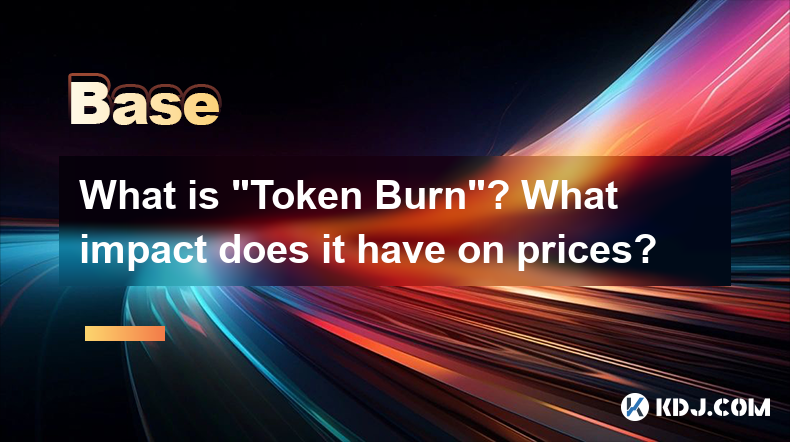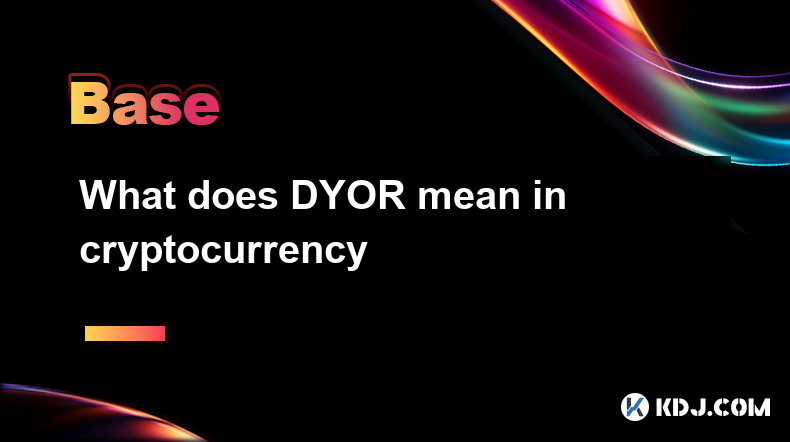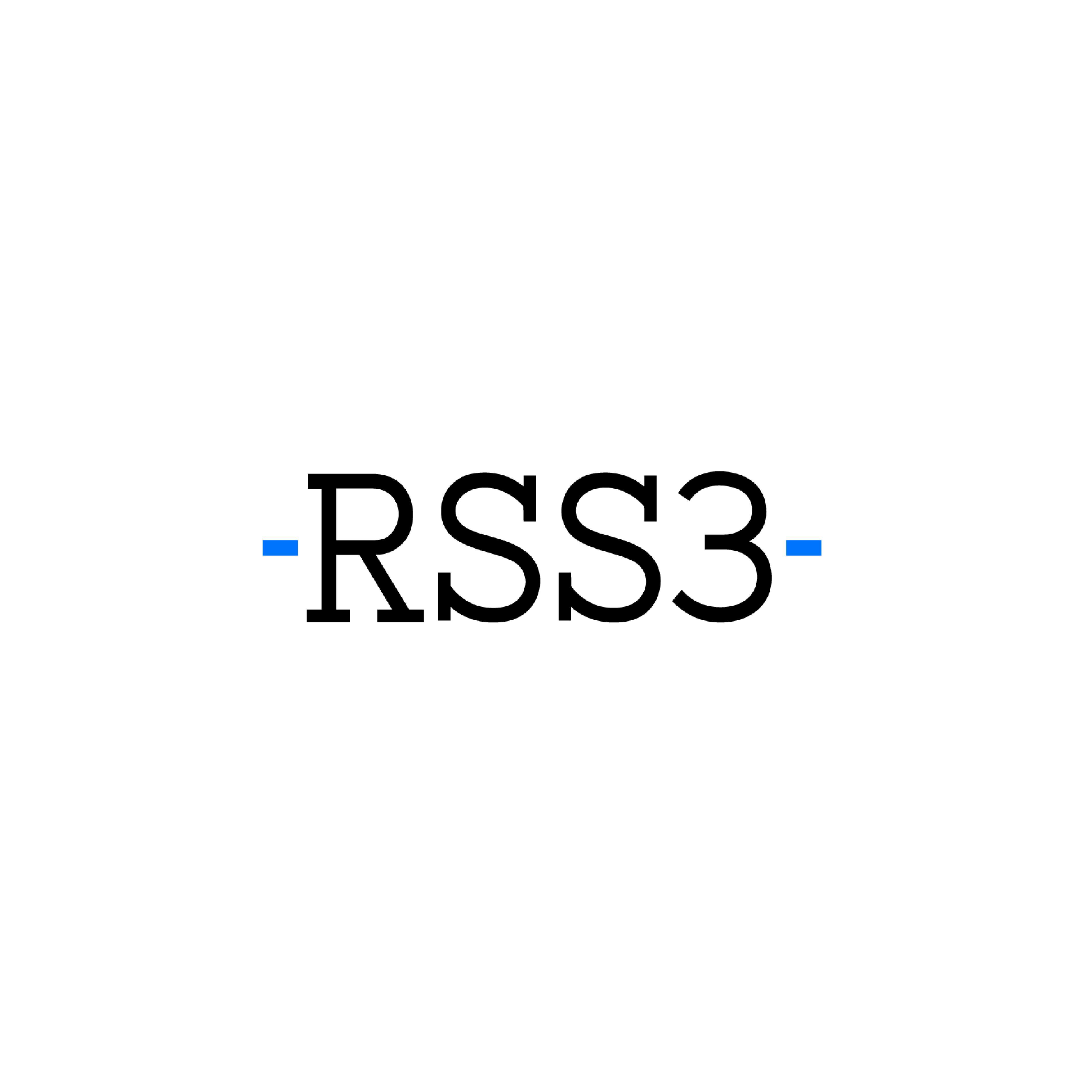-
 Bitcoin
Bitcoin $84,671.8288
-0.02% -
 Ethereum
Ethereum $1,583.8112
-1.14% -
 Tether USDt
Tether USDt $0.9998
-0.01% -
 XRP
XRP $2.0697
-1.07% -
 BNB
BNB $588.4774
0.89% -
 Solana
Solana $135.2181
0.58% -
 USDC
USDC $0.9999
0.00% -
 TRON
TRON $0.2447
-0.04% -
 Dogecoin
Dogecoin $0.1552
-1.05% -
 Cardano
Cardano $0.6148
-0.88% -
 UNUS SED LEO
UNUS SED LEO $9.2332
-2.26% -
 Chainlink
Chainlink $12.6593
0.42% -
 Avalanche
Avalanche $19.1961
-1.12% -
 Toncoin
Toncoin $2.9907
1.08% -
 Stellar
Stellar $0.2415
1.53% -
 Shiba Inu
Shiba Inu $0.0...01195
-0.36% -
 Hedera
Hedera $0.1658
3.70% -
 Sui
Sui $2.1218
0.77% -
 Bitcoin Cash
Bitcoin Cash $330.1094
-1.08% -
 Polkadot
Polkadot $3.6791
0.24% -
 Litecoin
Litecoin $75.5718
0.07% -
 Hyperliquid
Hyperliquid $17.0082
2.78% -
 Dai
Dai $0.9999
-0.03% -
 Bitget Token
Bitget Token $4.3619
0.03% -
 Ethena USDe
Ethena USDe $0.9991
0.00% -
 Pi
Pi $0.6099
0.88% -
 Monero
Monero $216.6380
-0.89% -
 Uniswap
Uniswap $5.2094
-1.14% -
 Pepe
Pepe $0.0...07177
-2.41% -
 OKB
OKB $50.2217
-2.35%
What is "Token Burn"? What impact does it have on prices?
Token burns reduce a cryptocurrency's supply, potentially increasing value, but don't guarantee price rises; market conditions and project utility are crucial factors.
Mar 31, 2025 at 10:57 am

Understanding Token Burns in the Cryptocurrency World
A token burn, in the context of cryptocurrencies, is the irreversible destruction of tokens. This process reduces the circulating supply of a specific cryptocurrency. It's not a physical burning, but rather a transfer of tokens to a designated address from which they cannot be retrieved. This mechanism is often employed by projects to manage tokenomics, increase scarcity, and potentially boost the value of the remaining tokens. The process is typically publicly verifiable on the blockchain.
How Does a Token Burn Work?
The mechanics of a token burn vary depending on the cryptocurrency and its smart contract. However, the core principle remains consistent: tokens are permanently removed from circulation. This often involves a transaction where tokens are sent to a "burn address," a special address designed to permanently lock the tokens, rendering them inaccessible.
- Developer-Initiated Burns: Developers might schedule periodic burns of a predetermined number of tokens.
- Community-Driven Burns: Some projects allow the community to participate in burns, perhaps through voting mechanisms or by incentivizing token holders to contribute to the burn process.
- Automatic Burns: Certain protocols might have built-in mechanisms that automatically burn a percentage of transaction fees or other events.
The exact method is detailed in the project's whitepaper or documentation. It’s crucial to understand the specific burn mechanism of any cryptocurrency before investing.
Impact on Price: The Supply and Demand Dynamics
The primary impact of a token burn is on the supply side of the cryptocurrency's market. By reducing the total circulating supply, a burn theoretically increases scarcity. In a basic supply and demand model, decreased supply, assuming demand remains constant or increases, can lead to a higher price. However, this is not always guaranteed.
The effect on price is complex and depends on several factors:
- Market Sentiment: Positive news surrounding the burn, along with overall market conditions, can significantly influence the price reaction. A well-publicized burn can generate excitement and drive up demand.
- Demand: If demand doesn't increase alongside the reduced supply, the price might not rise significantly or could even decrease. The burn itself doesn't guarantee price appreciation.
- Project Utility: The underlying value proposition of the cryptocurrency is critical. A burn in a project with little to no utility is unlikely to result in a substantial price increase.
- Market Manipulation: Burns can sometimes be manipulated to create artificial price increases. Investors should be wary of projects that frequently announce burns without a clear strategy.
Beyond the Price: Other Impacts of Token Burns
While price impact is the most discussed consequence, token burns have other implications:
- Deflationary Pressure: Burns contribute to a deflationary model, contrasting with inflationary models where the supply constantly increases. This can be attractive to investors who value scarcity and long-term stability.
- Tokenomics and Governance: Burns are often integral to a project's overall tokenomics, affecting token distribution and potentially influencing governance mechanisms.
- Community Engagement: Public burns can foster a sense of community and transparency, demonstrating the project's commitment to its token holders.
Token Burn vs. Token Buyback
It’s important to distinguish between a token burn and a token buyback. A buyback involves a project purchasing its own tokens from the open market. While both can reduce the circulating supply, a buyback involves the project spending its funds, whereas a burn is a direct removal of tokens. Buybacks can also influence price by increasing demand, but the impact can be less predictable than a burn, as the buyback price is market-dependent.
Token Burn: A Tool, Not a Guarantee
It's crucial to understand that a token burn is not a guaranteed path to price appreciation. While it can positively influence price by reducing supply, the overall market conditions, project utility, and community sentiment are equally important factors determining the success of a token burn. Investors should conduct thorough due diligence before investing in any cryptocurrency, considering all aspects beyond just the presence of a burn mechanism.
Frequently Asked Questions
Q: Is a token burn always beneficial for investors?
A: No. While a token burn can increase scarcity and potentially boost price, it's not a guaranteed path to profit. Market conditions and project fundamentals are crucial factors. A burn in a failing project won't magically save it.
Q: How can I find out if a cryptocurrency project plans to conduct a token burn?
A: Check the project's whitepaper, website, and official announcements. Look for information about tokenomics and any planned burn mechanisms. Active participation in the project's community can also provide insights.
Q: Are all token burns transparent and verifiable?
A: Ideally, yes. A legitimate burn should be transparent and verifiable on the blockchain. However, it's essential to scrutinize the project's claims and ensure the burn process is truly irreversible and publicly auditable.
Q: What is a burn address?
A: A burn address is a special cryptocurrency address designed to permanently lock tokens. Tokens sent to a burn address are essentially destroyed and cannot be retrieved, effectively reducing the circulating supply. This address is typically publicly accessible on the blockchain.
Q: Can a token burn be reversed?
A: A properly executed token burn is irreversible. The tokens are permanently removed from circulation. However, if the burn mechanism is flawed or improperly implemented, it might be theoretically possible to reverse it, although this would be highly unusual and likely require significant vulnerabilities in the underlying blockchain or smart contract.
Q: What are the risks associated with investing in a cryptocurrency that performs token burns?
A: The risks are similar to investing in any cryptocurrency. Market volatility, regulatory uncertainty, and project failure remain significant risks. Over-reliance on the burn mechanism as the sole reason for investment is unwise. Thorough due diligence is always essential.
Disclaimer:info@kdj.com
The information provided is not trading advice. kdj.com does not assume any responsibility for any investments made based on the information provided in this article. Cryptocurrencies are highly volatile and it is highly recommended that you invest with caution after thorough research!
If you believe that the content used on this website infringes your copyright, please contact us immediately (info@kdj.com) and we will delete it promptly.
- Top Crypto Exchange Kraken Announces it Will Add Binance's BNB
- 2025-04-18 16:10:12
- Introducing Initia: A New Network That Merges Layer 1 and Layer 2 Technologies to Streamline Blockchain Application Development
- 2025-04-18 16:10:12
- Pi Network Price Is Staring Down The Barrel Of A Gun As It Faces The Grim Prospects Of Heightened Price Volatility
- 2025-04-18 16:05:19
- What is an Initia?
- 2025-04-18 16:05:19
- Ethereum (ETH) Price Analysis: Pectra and Fusaka Upgrades to Transform the Network This Year
- 2025-04-18 16:00:13
- Japanese Fashion Brand ANAP Invests 100% of Its Treasury in Bitcoin
- 2025-04-18 16:00:13
Related knowledge

How the Lightning Network improves Bitcoin efficiency
Apr 17,2025 at 08:56pm
The Lightning Network represents a significant advancement in the Bitcoin ecosystem, aiming to address some of the most pressing issues related to transaction speed and cost. By enabling off-chain transactions, the Lightning Network drastically improves Bitcoin's efficiency, allowing for faster and cheaper transactions. This article will explore how the...

Analysis of the KYC process of cryptocurrency exchanges
Apr 17,2025 at 05:07pm
The Know Your Customer (KYC) process is a critical component in the operations of cryptocurrency exchanges. It serves as a regulatory measure to prevent fraud, money laundering, and other illicit activities. KYC procedures are designed to verify the identity of users and ensure compliance with financial regulations. This article delves into the various ...

What does Floor Price mean in the NFT market
Apr 17,2025 at 12:42am
The term Floor Price is a critical concept within the NFT (Non-Fungible Token) market, serving as a key indicator for both buyers and sellers. In essence, the floor price represents the lowest price at which an NFT from a particular collection is currently listed for sale on a marketplace. This price point is crucial for understanding the perceived valu...

How to understand the TVL indicator in DeFi projects
Apr 17,2025 at 03:28pm
Understanding the TVL indicator in DeFi projects is crucial for investors and enthusiasts looking to gauge the health and popularity of decentralized finance platforms. TVL, or Total Value Locked, represents the total amount of assets that are currently staked or locked in a DeFi protocol. This metric serves as a barometer for the trust and interest tha...

What does DYOR mean in cryptocurrency
Apr 17,2025 at 03:00pm
DYOR, or 'Do Your Own Research,' is a crucial mantra in the cryptocurrency community. It emphasizes the importance of individuals conducting their own thorough investigations before making any investment decisions. In the fast-paced and often volatile world of cryptocurrencies, relying solely on others' advice or the hype surrounding a particular coin c...

What is Alpha? How to find Alpha opportunities?
Apr 16,2025 at 12:42pm
What is Alpha?Alpha is a term widely used in the financial world, including the cryptocurrency market, to describe the ability of an investment to outperform a benchmark. In the context of cryptocurrencies, alpha refers to the excess return an investor achieves over the market's average return. For example, if the overall crypto market grows by 10% in a...

How the Lightning Network improves Bitcoin efficiency
Apr 17,2025 at 08:56pm
The Lightning Network represents a significant advancement in the Bitcoin ecosystem, aiming to address some of the most pressing issues related to transaction speed and cost. By enabling off-chain transactions, the Lightning Network drastically improves Bitcoin's efficiency, allowing for faster and cheaper transactions. This article will explore how the...

Analysis of the KYC process of cryptocurrency exchanges
Apr 17,2025 at 05:07pm
The Know Your Customer (KYC) process is a critical component in the operations of cryptocurrency exchanges. It serves as a regulatory measure to prevent fraud, money laundering, and other illicit activities. KYC procedures are designed to verify the identity of users and ensure compliance with financial regulations. This article delves into the various ...

What does Floor Price mean in the NFT market
Apr 17,2025 at 12:42am
The term Floor Price is a critical concept within the NFT (Non-Fungible Token) market, serving as a key indicator for both buyers and sellers. In essence, the floor price represents the lowest price at which an NFT from a particular collection is currently listed for sale on a marketplace. This price point is crucial for understanding the perceived valu...

How to understand the TVL indicator in DeFi projects
Apr 17,2025 at 03:28pm
Understanding the TVL indicator in DeFi projects is crucial for investors and enthusiasts looking to gauge the health and popularity of decentralized finance platforms. TVL, or Total Value Locked, represents the total amount of assets that are currently staked or locked in a DeFi protocol. This metric serves as a barometer for the trust and interest tha...

What does DYOR mean in cryptocurrency
Apr 17,2025 at 03:00pm
DYOR, or 'Do Your Own Research,' is a crucial mantra in the cryptocurrency community. It emphasizes the importance of individuals conducting their own thorough investigations before making any investment decisions. In the fast-paced and often volatile world of cryptocurrencies, relying solely on others' advice or the hype surrounding a particular coin c...

What is Alpha? How to find Alpha opportunities?
Apr 16,2025 at 12:42pm
What is Alpha?Alpha is a term widely used in the financial world, including the cryptocurrency market, to describe the ability of an investment to outperform a benchmark. In the context of cryptocurrencies, alpha refers to the excess return an investor achieves over the market's average return. For example, if the overall crypto market grows by 10% in a...
See all articles
























































































